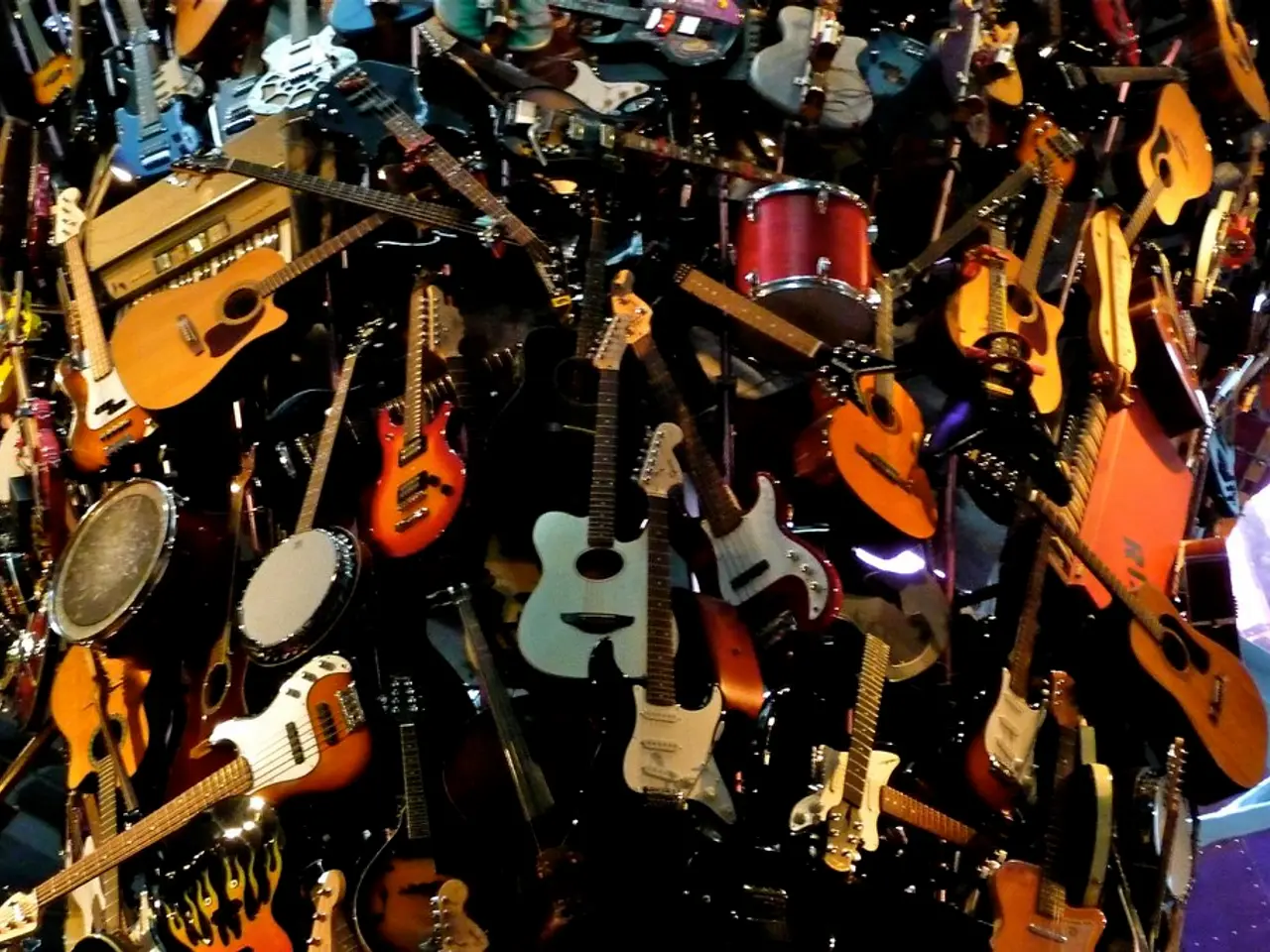Exploring the Contemporary Phase of Classical Music
The modern era of classical music, spanning from 1900 to the present, has been a vibrant and dynamic period marked by a wide range of styles and innovations. This era, which continues to evolve, has seen the emergence of diverse musical styles such as expressionism, neoclassicism, minimalism, and postmodernism.
One of the key characteristics of this period is the rejection of traditional tonality and the exploration of new forms and techniques. Composers like Arnold Schoenberg pioneered atonal music, which rejected traditional tonal harmony, and developed the twelve-tone technique, a significant innovation in this era.
Experimentation with form and structure has also been a hallmark of modern classical music. Composers often pushed the boundaries of traditional composition techniques, creating unconventional forms and structures that challenged the status quo.
Several notable composers have shaped the modern era of classical music. Arnold Schoenberg, with his pioneering work in atonal music and the twelve-tone technique, has influenced generations of composers. Igor Stravinsky, known for his contributions to neoclassicism and ballet scores like The Rite of Spring, also played a significant role. Pierre Boulez, a leading figure in post-WWII music, was known for his work in serialism and the development of the twelve-tone technique. Steve Reich, associated with minimalism, is known for compositions like Music for 18 Musicians and Drumming, which emphasize repetitive patterns and phase shifting. John Adams, known for his operas and symphonies that often blend minimalism with other musical styles, is also a notable figure.
Postmodernism and eclecticism have become increasingly prevalent in recent years. Many contemporary composers incorporate elements from various musical traditions, blurring the lines between classical and popular music. This eclecticism reflects the diverse musical landscape of the modern era.
Artists like Aivar Tõnso are pushing the boundaries of sound composition, using innovative materials and technologies to create immersive experiences. The use of sound art and experimental music continues to expand the boundaries of classical music.
In conclusion, the modern era of classical music is marked by a convergence of traditional techniques with innovative and often experimental approaches, reflecting a dynamic and evolving field. From the pioneering work of composers like Schoenberg and Stravinsky to the eclecticism of contemporary composers, the modern era of classical music continues to push the boundaries of what is possible in music.
- The rejection of traditional tonality in modern classical music, as demonstrated by Arnold Schoenberg's atonal compositions and development of the twelve-tone technique, is a significant reflection of the era's mindset.
- The innovation in form and structure, as exhibited by composers like Steve Reich and John Adams who emphasized repetitive patterns and blended minimalism with other styles, has contributed to the rich history of modern classical music.
- The emergence of postmodernism and eclecticism, with contemporary composers like Aivar Tõnso incorporating elements from various musical traditions, mirrors the character of the modern era by blurring the lines between classical and popular music.






